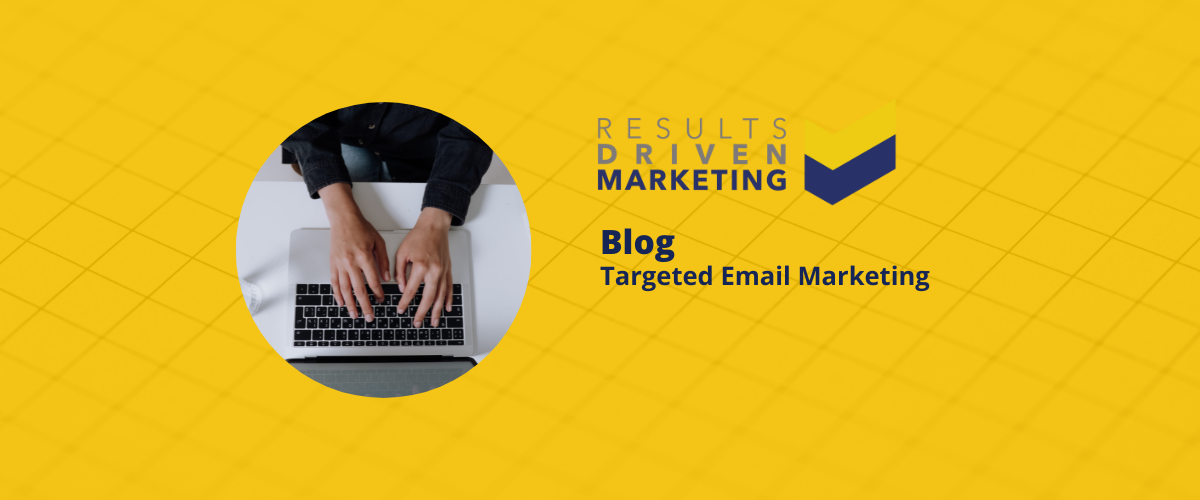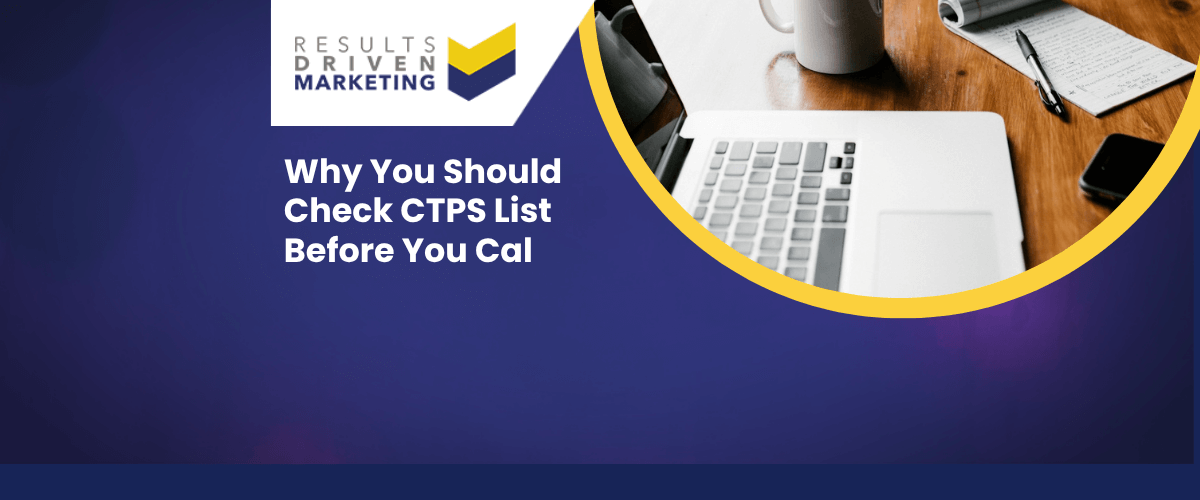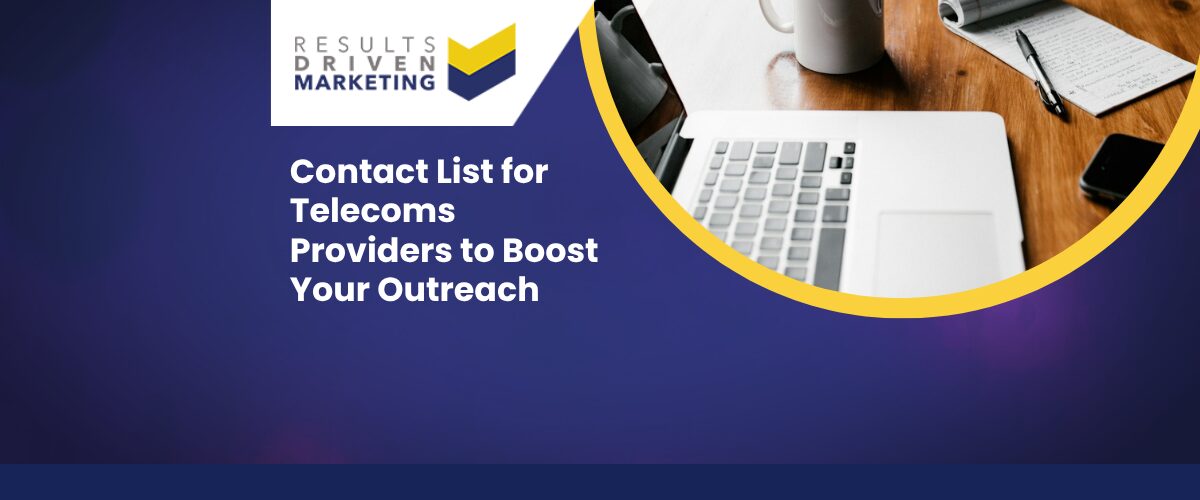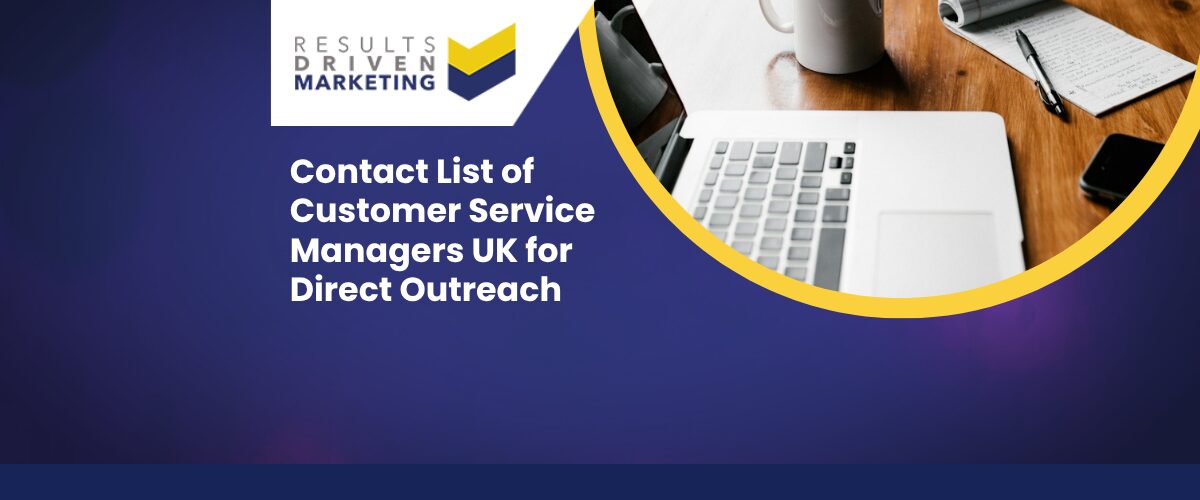
Targeted Email Marketing
Targeted email marketing is a strategic approach that significantly enhances the relevance and effectiveness of your campaigns.
In this article, we’ll explore the intricacies of targeted email marketing and how it can transform the way you engage with your audience.
By focusing on segmentation, personalisation, and tailored content, targeted email marketing allows businesses to send the right message to the right people at the right time.
We’ll cover the best practices for segmenting your audience, crafting personalised messages, and measuring the impact of your efforts to ensure your email campaigns deliver maximum returns. Whether you’re aiming to boost sales, increase customer loyalty, or drive engagement, understanding the power of targeted email marketing is key to achieving your goals.
Table of contents:
Definition and Overview of Targeted Email Marketing
Targeted Email Marketing is a refined method of reaching out to an audience where emails are tailored based on specific segments of your email list. This segmentation can be based on various criteria such as demographics, past purchase behaviour, or engagement levels.
The essence of Targeted Email Marketing lies in its ability to speak directly to the recipient, making each email feel less like a broadcast and more like a personal conversation.
The Evolution of Targeted Email Marketing
Tracing back to the inception of email, marketing strategies have evolved significantly. From the early days of blanket email blasts, we’ve witnessed a paradigm shift towards more sophisticated, data-driven approaches.
Targeted Email Marketing represents this evolution, moving away from a one-size-fits-all tactic to a more nuanced, effective strategy that acknowledges the diverse needs and preferences of each recipient.
What are the Advantages of Using Targeted Email Marketing?
The advantages of Targeted Email Marketing are manifold, impacting various facets of your marketing strategy. Let’s delve into some of the key benefits:
Increased Relevance and Engagement
- Tailored Content: By leveraging data insights, Targeted Email Marketing ensures that the content resonates with the recipient, increasing relevance.
- Engagement Uplift: This relevance naturally leads to higher engagement rates. Emails that speak directly to the recipient’s needs and interests are more likely to be opened, read, and acted upon.
Higher Conversion Rates
- Focused Messaging: Targeted emails cut through the noise by delivering messages that align with the recipient’s stage in the buying journey.
- Action-Oriented: With clear, personalised calls-to-action, these emails effectively guide recipients towards making a purchase or taking the desired action.
Improved Customer Relationships
- Building Trust: Personalised, relevant emails help in building a sense of trust and connection with the audience.
- Long-Term Loyalty: Over time, this trust translates into loyalty, as customers feel valued and understood, leading to repeated business and referrals.
What are the Disadvantages of Using Targeted Email Marketing?
While Targeted Email Marketing is a powerful tool in the marketer’s arsenal, it’s not without its challenges. Understanding these pitfalls is crucial for crafting a strategy that’s not only effective but also sustainable and respectful of your audience.
Potential Privacy Concerns
- Sensitive Data Handling: In the era of data breaches and privacy scandals, handling personal information with utmost care is paramount. Targeted Email Marketing relies heavily on personal data, and any misstep in its handling can lead to privacy concerns.
- Consent is Key: Ensuring that your email marketing practices comply with regulations like GDPR is not just legal compliance; it’s about respecting your audience’s privacy and building trust.
Resource Intensiveness
- Time and Effort: Crafting personalised emails for different segments of your audience is time-consuming. It requires a significant investment in terms of manpower and hours.
- Technological Investment: Effective Targeted Email Marketing often necessitates advanced software solutions for data analytics and automation, which can be a substantial financial investment.
Risk of Over-Segmentation
- Too Much of a Good Thing: While segmentation is the heart of Targeted Email Marketing, overdoing it can lead to overly narrow segments. This can result in a significant increase in effort for a diminishing return on engagement.
- Losing the Big Picture: Focusing too narrowly on segments might cause you to miss out on broader market trends or opportunities that a more inclusive approach might capture.
Is Using Targeted Email Marketing a Good Idea?
Given the advantages and challenges, the question arises: is investing in Targeted Email Marketing a wise decision for your business?
Balancing Benefits and Challenges
- Strategic Approach: The key lies in finding a balance. It’s about leveraging the power of personalization while being mindful of the potential pitfalls.
- Continuous Optimization: Regularly reviewing and adjusting your strategies based on performance data and feedback ensures that your Targeted Email Marketing remains both effective and respectful of your audience.
Case Studies and Success Stories
- Real-World Examples: Numerous businesses have seen remarkable success with Targeted Email Marketing. These case studies often showcase significant boosts in engagement, conversion rates, and customer loyalty.
- Learning from Others: Analyzing these success stories provides valuable insights into best practices and innovative approaches to Targeted Email Marketing.
Key Considerations When Implementing Targeted Email Marketing
Embarking on the journey of Targeted Email Marketing is not just about sending emails. It’s a strategic endeavor that requires careful planning and execution. Let’s dive into some key considerations to ensure your Targeted Email Marketing hits the mark.
Understanding Your Audience
- Gather Insights: Knowing who you’re talking to is the first step. Utilise data analytics to understand your audience’s preferences, behaviours, and needs.
- Build Personas: Create detailed customer personas. These representations help in visualising the audience, making your Targeted Email Marketing efforts more focused and effective.
Segmenting Your Targeted Email Marketing List
- Criteria for Segmentation: Divide your email list into segments based on criteria like demographics, purchase history, or engagement levels. This segmentation is the backbone of effective Targeted Email Marketing.
- Dynamic Segmentation: Keep your segments dynamic. Regularly update and refine them based on new data and insights to ensure ongoing relevance.
Personalising Content to Your Targeted Email Marketing List
- Tailor Your Messages: Go beyond just using the recipient’s name. Customise the content of your emails based on the specific interests and needs of each segment.
- Context Matters: Ensure that the timing and context of your emails align with where the recipient is in their customer journey.
Integrating with CRM and E-commerce Platforms
- Seamless Integration: Connect your email marketing tools with your CRM and e-commerce platforms. This integration provides a wealth of data for more targeted and personalised email campaigns.
- Automate and Analyze: Use this integration to automate your email campaigns and gather valuable insights from the responses and interactions.
Compliance with Email Regulations
- Stay Informed: Keep abreast of email marketing regulations like GDPR and CAN-SPAM. Compliance is not just legal; it’s about respecting your audience.
- Best Practices: Implement best practices in your email campaigns to ensure they are ethical, respectful, and compliant with regulations.
Alternatives to Using Targeted Email Marketing
While Targeted Email Marketing is a potent tool, it’s not the only strategy in the digital marketing playbook. Let’s explore some alternatives that can complement or serve as substitutes for Targeted Email Marketing.
Broad-Spectrum Email Campaigns
- One Message, Many Audiences: Sometimes, a broad message can be effective. These campaigns are less personalized but can be useful for general announcements or brand awareness.
- Efficiency and Reach: Broad-spectrum campaigns can be more efficient to execute and can reach a wider audience, though they may lack the personal touch of targeted campaigns.
Social Media Marketing
- Engaging Platforms: Social media platforms offer a dynamic way to engage with your audience. They provide a space for interaction, feedback, and community building.
- Targeted Yet Broad: While not as personalized as email, social media marketing allows for targeted advertising and content that can appeal to specific segments of your audience.
Content Marketing Strategies
- Value-Driven Approach: Content marketing focuses on creating and distributing valuable, relevant, and consistent content to attract and retain a clearly defined audience.
- Building Authority: This approach helps in establishing your brand as a thought leader, building trust and long-term relationships with your audience.
Building a Targeted Email Campaign
Embarking on a Targeted Email Marketing campaign is like setting out on a voyage. It requires a map, a compass, and a keen understanding of the waters you’re navigating. Let’s chart the course for a successful Targeted Email Marketing campaign.
Steps to Execute a Successful Campaign
- Define Your Objectives: Start by pinpointing what you want to achieve. Is it increased sales, more sign-ups, enhanced engagement?
- Know Your Audience: Dive deep into understanding who you’re targeting. What are their likes, dislikes, habits?
- Segment Your List: Break down your email list into meaningful segments. This could be based on demographics, past purchases, or engagement levels.
- Craft Your Message: Tailor your content to resonate with each segment. Remember, relevance is key.
- Test and Launch: Before going full scale, test your emails. A/B testing can be incredibly insightful.
- Analyze and Adjust: Post-launch, keep a close eye on how your campaign is performing. Be ready to tweak and adjust as needed.
Targeting Tactics for Maximum Relevance
- Behaviour-Based Targeting: Send emails based on user behaviour, like browsing history or purchase patterns.
- Lifecycle Stage Targeting: Customise your messages according to where a customer is in their journey – new subscriber, loyal customer, or somewhere in between.
- Geographic Targeting: Tailor your content based on the geographic location of your audience for more localised relevance.
Using Analytics for Campaign Improvement
- Track Key Metrics: Keep an eye on open rates, click-through rates, and conversion rates.
- Understand the Data: Analyse the data to understand what’s working and what’s not. Look for patterns and trends.
- Iterate Based on Insights: Use these insights to refine your campaign. Remember, Targeted Email Marketing is an ongoing process of learning and optimising.
The Role of Personalisation in Email Marketing
In the realm of Targeted Email Marketing, personalisation is not just a buzzword; it’s the secret sauce that can make or break your campaign.
Personalisation Techniques and Best Practices
- Use Data Wisely: Leverage data to create emails that speak directly to the recipient. This could be as simple as using their name or as complex as recommending products based on past purchases.
- Segmentation is Key: Effective personalisation starts with detailed segmentation. The more granular your segments, the more personalised your emails can be.
- Dynamic Content: Use dynamic content in your emails that changes based on the recipient’s data. This keeps your emails fresh and relevant.
Impact of Personalisation on Campaign Performance
- Boosts Engagement: Personalised emails see higher engagement rates. People are more likely to open and click through emails that feel like they were made just for them.
- Enhances Customer Experience: Personalisation makes customers feel valued and understood, enhancing their overall experience with your brand.
- Drives Conversions: By making your emails relevant and timely, personalisation can significantly boost your conversion rates.
Segmenting Your Targeted Email Marketing List
In the world of Targeted Email Marketing, segmenting your email list is like planting seeds in fertile soil. It’s the groundwork that ensures your efforts bear the most fruit. Let’s delve into how you can segment your list effectively.
Criteria for Effective Segmentation
- Demographic Data: Age, gender, location – these basic demographics can be a good starting point for segmentation.
- Behavioural Insights: Look at purchase history, email engagement, and website interactions. This data can offer a more nuanced understanding of your audience.
- Customer Feedback: Surveys and feedback forms can provide direct insights into what your customers want and need.
Tools and Techniques for Segmentation
- Email Marketing Software: Utilize the segmentation features in your email marketing software. These tools often come with advanced capabilities to slice and dice your list based on various criteria.
- Data Analysis Tools: Leverage data analysis tools to uncover patterns and trends that can inform your segmentation strategy.
- A/B Testing: Test different segments with varied content to see what resonates best. This ongoing testing can refine your segmentation over time.
Designing Engaging Email Content
Once you’ve segmented your list, the next step in your Targeted Email Marketing journey is to design content that captivates and engages.
Crafting Compelling Subject Lines
- Spark Curiosity: Your subject line should pique the interest of your recipients. Think of it as the headline of your email.
- Personalisation: Including the recipient’s name or other personalised elements in the subject line can increase open rates.
- Clarity and Brevity: Keep it clear and concise. A subject line that’s straightforward yet intriguing works best.
Visual and Textual Elements in Email Design
- Aesthetic Appeal: Use visuals that align with your brand and resonate with your audience. A well-designed email can significantly increase engagement.
- Readable and Accessible: Ensure your text is easy to read and your email is accessible, with alt text for images and a responsive design.
- Call to Action: Your email should have a clear, compelling call to action. Whether it’s to read a blog post, check out a sale, or fill out a survey, make sure it stands out.
Measuring the Success of Targeted Email Marketing Campaigns
In the realm of Targeted Email Marketing, measuring success is like navigating by the stars – it guides your journey and helps you stay on course. Let’s explore how to gauge the effectiveness of your campaigns.
Key Performance Indicators (KPIs)
- Open Rate: This tells you how many people are opening your emails. It’s a direct indicator of how compelling your subject lines are.
- Click-Through Rate (CTR): CTR measures how many people clicked on links within your email. It’s a crucial metric for understanding engagement.
- Conversion Rate: This is about action – how many recipients took the desired action, be it making a purchase or signing up for a webinar.
Analysing and Interpreting Data
- Trend Analysis: Look for trends over time in your KPIs. Are your open rates improving?
- Segment Performance: Analyse how different segments respond to your campaigns. This can inform future segmentation strategies.
- A/B Testing Results: Use data from A/B testing to understand what works best and refine your approach accordingly.
FAQs
Let’s address some frequently asked questions about Targeted Email Marketing to clear the air and provide deeper insights.
What is Email Segmentation?
Email segmentation is the process of dividing your email list into smaller, more specific groups based on certain criteria like demographics, behaviour, or purchase history. It’s a fundamental aspect of Targeted Email Marketing, allowing for more personalised and effective communication.
How Does Targeted Email Marketing Benefit Customer Retention?
Targeted Email Marketing fosters customer retention by delivering relevant and personalised content. This relevance makes customers feel valued and understood, increasing their likelihood of staying loyal to your brand.
What Are Some Proven Segmentation Strategies?
- Demographic Segmentation: Dividing your audience based on age, gender, or location.
- Behavioural Segmentation: Based on customer actions like purchase history or website engagement.
- Lifecycle Segmentation: Segmenting according to where a customer is in their journey with your brand.
How Can I Integrate Data with an Email Marketing Tool?
Most email marketing tools offer integration options with CRM systems and e-commerce platforms. This integration allows for seamless data transfer, enabling more targeted and personalised email campaigns.
What Are Some Common Mistakes in Targeted Email Marketing?
- Over-Segmentation: Creating too many small segments can make your campaigns unmanageable.
- Ignoring Mobile Optimisation: Many users read emails on mobile devices, so neglecting mobile optimisation can hurt engagement.
- Not Testing Enough: Failing to conduct A/B testing can lead to missed opportunities for optimisation.
How Can I Ensure My Targeted Emails Are Not Perceived as Spam?
To avoid being marked as spam, ensure your emails provide value, have clear and honest subject lines, and include an easy unsubscribe option. Also, regularly clean your email list to maintain a high engagement rate.
What Are the Latest Trends in Targeted Email Marketing?
Current trends include the use of AI for better segmentation and personalisation, interactive email content, and increased focus on privacy and data protection. Staying abreast of these trends is crucial for a successful Targeted Email Marketing strategy.
Who are we?
Dedicated to lead generation, Results Driven Marketing provides myriad services SMEs can trust to deliver results.
Our marketing lists are guaranteed accurate to industry high standards, and GDPR compliant and our experience team means that if you are looking to buy data, they make them totally bespoke and highly relevant whether you are looking for email lists, direct mailing lists or telemarketing lists.
Our email marketing software is highly rated. Responder provides the automation tools you need to put your marketing on autopilot.
We also supply email marketing solutions with our email marketing platform.
Call us today on 0191 406 6399 to discuss your specific needs.
Results Driven Marketing
info@rdmarketing.co.uk
0191 406 6399





